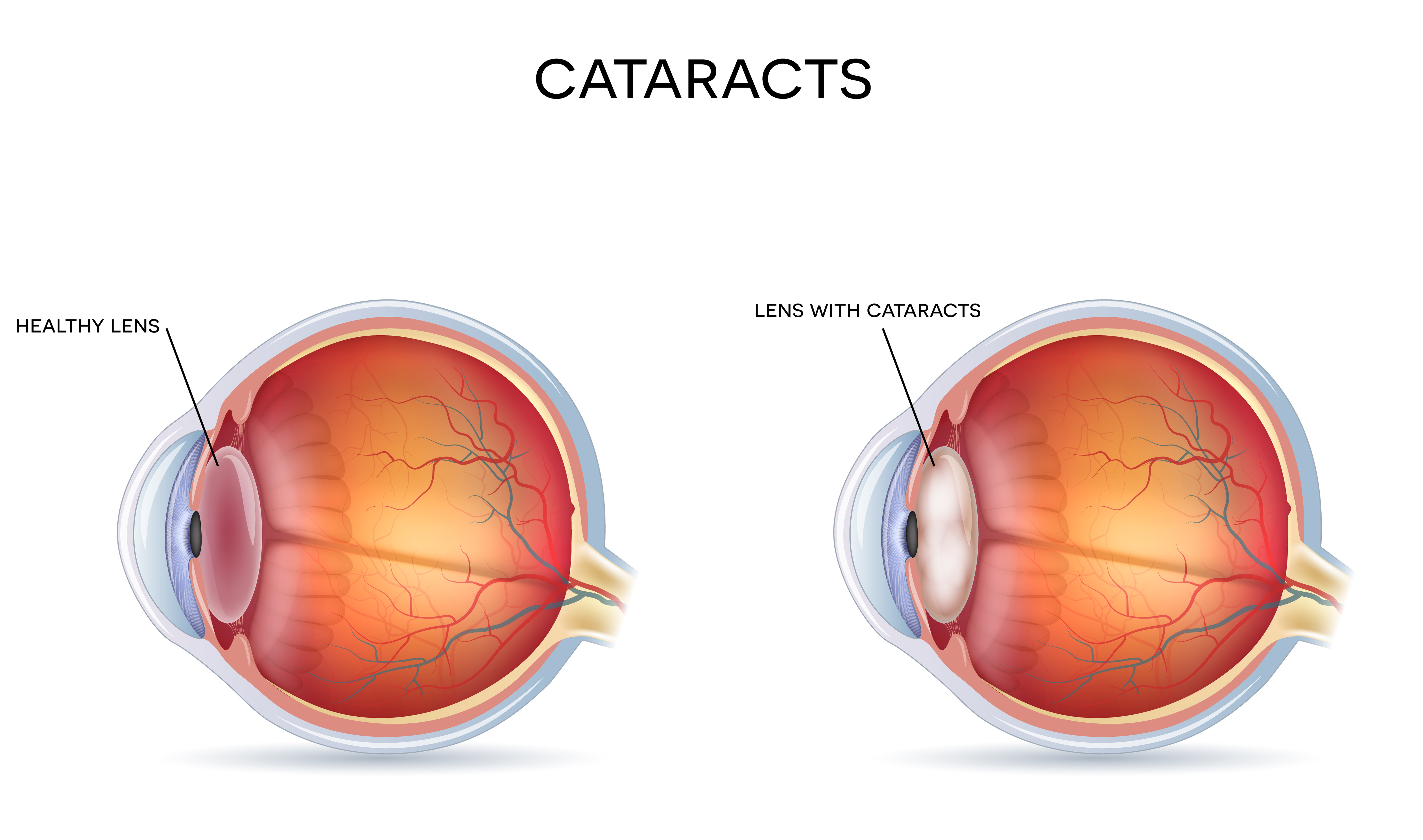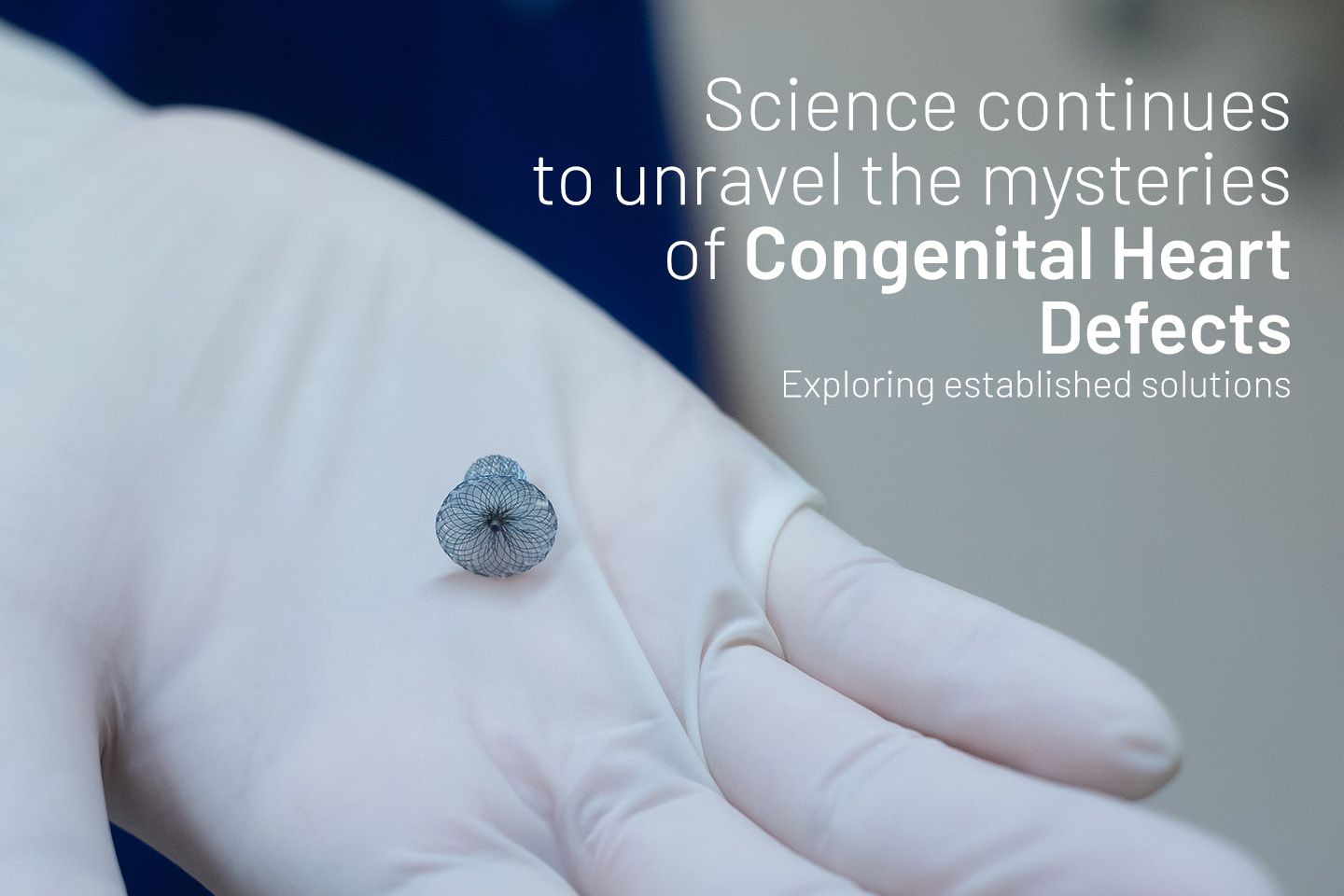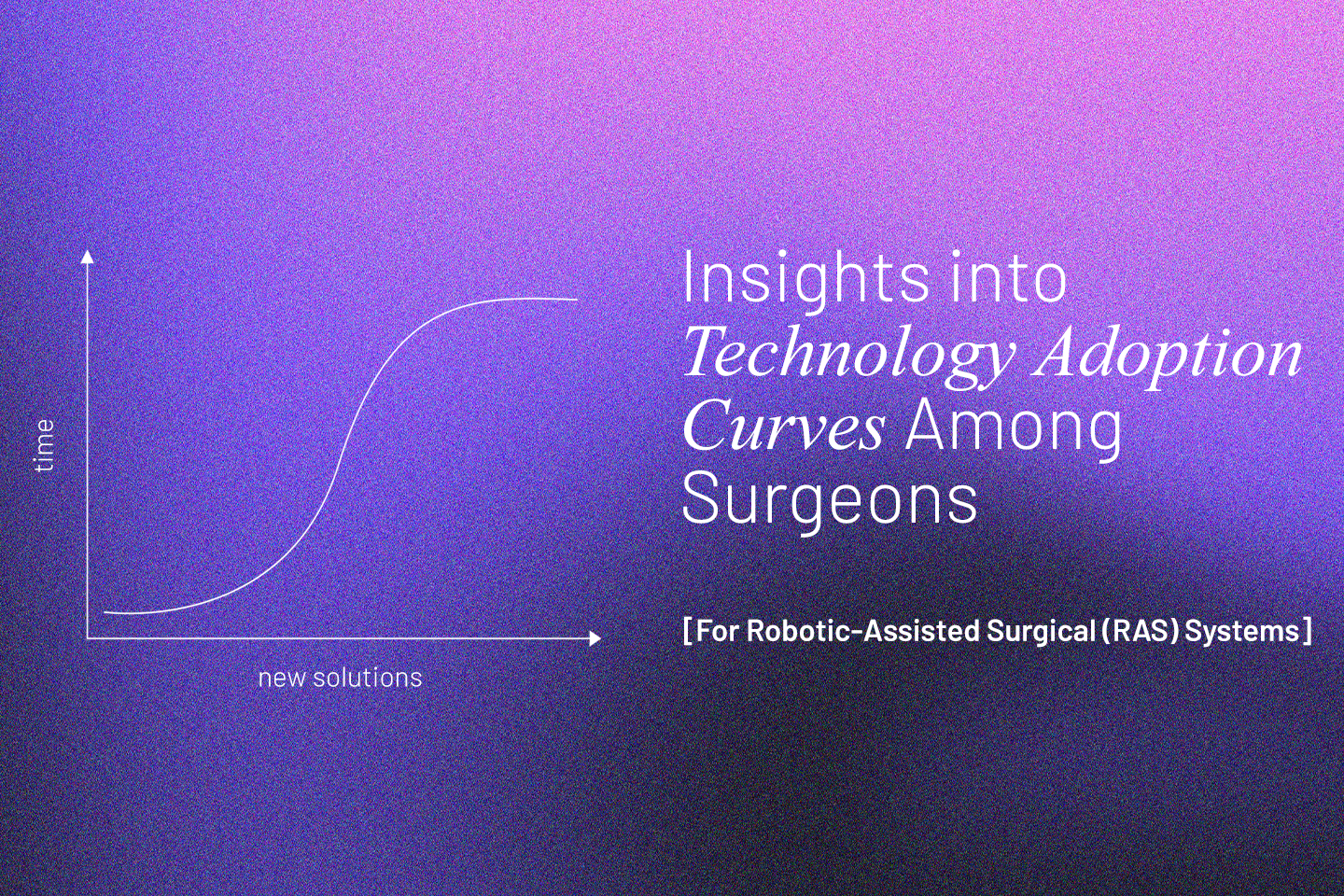Medical Devices
Cataract Surgery - Risks, Treatment and Recovery

What is cataract?
A cataract is a medical condition in which the eye lens develops cloudy patches, leading to poor, blurry vision or blindness in severe cases. It is usually an age-related issue but can be caused by other factors like eye injuries or genetics. In age-related cataracts, the leading cause is the deterioration of the proteins and fibres in the eye lens. Some common symptoms of cataracts are:
- Blurred, cloudy, or dim vision
- Difficulty seeing at night
- Requiring bright light to read
- Frequent changes in eye power
Diagnosis for cataract treatment
If you have any of the above mentioned issues, contact an ophthalmologist immediately. They will order a series of tests to determine whether you have cataracts or another problem. Your ophthalmologist may recommend the following tests:
- Visual acuity test determines the eye's power or how a person can see.
- Slit lamp test inspects the cornea, iris, eye lens, and the space between the iris and the cornea.
- The retinal exam examines the back of the retina. The pupils are dilated, and eye lenses are used to look for signs of cataracts.
- Tonometry test checks the eye pressure and looks for early signs of glaucoma.
If you are diagnosed with cataracts after the tests, the doctor will recommend a cataract operation.
What is cataract surgery?
Cataract surgery removes defective or cloudy eye lenses surgically and replaces them with artificial lenses. The only option for cataract treatment is surgery. The condition cannot be reversed through drops or medication. In the surgery, the defective lens is replaced with an artificial lens. The medical term for the surgery is "phacoemulsification." Due to technological innovations, cataract surgery today is a simple procedure. The process is called microincision cataract surgery, or MICS.
An incision of less than 1.8 mm (about 0.07 in) removes the cataract. Eye drops are used to induce anaesthesia, and no stitches are required, making it a minimally traumatic surgery that leads to faster recovery of vision and faster healing from a cataract operation. Sutures are routinely used when a leak is observed at the clear Corneal incision site.
Side effects and risks of cataract treatment
Some side effects and risks of cataract treatment include:
- The most common risk following cataract surgery is an infection or swelling of the eye. Doctors must proceed with great care, and it is recommended to follow post-surgical care religiously.
- Bleeding is a rare occurrence but can happen if the retinal blood vessels start to leak.
- Retinal detachment is possible and is usually caused by bleeding or swelling in the eye.
- Drooping eyelids, or post-surgical ptosis, usually go away independently after six months.
- The retention of fluids post-surgery can cause a temporary rise in eye pressure and usually subsides in a few days.
- Inflammation can also be caused by the retention of fluid in the eye after surgery, which resolves in a few days.
- Dislocation of an artificial lens can be caused by poor fixation or trauma to the eye post-surgery.
- An increase in eye pressure post-surgery can cause glaucoma.
- A more severe condition that can occur after cataract treatment is posterior capsular opacification (PCO). PCO can occur at any point after the cataract operation.
Posterior capsular opacification, or POC, occurs when the lens capsule (the portion of the eye holding the capsule in place) starts thickening. The problem may not occur immediately post-surgery. Sometimes it can take months or even years before POC happens. It is not a grave issue that can be removed through painless laser surgery. A YAG laser opens the thickening around the lens capsule and lets more light through the artificial lens. This procedure hardly takes a few minutes and clears up the cloudy vision caused by POC.
Recovery from a cataract treatment
The doctor will prescribe you a specific protocol post the cataract operation. He may prescribe eye drops to prevent infection. You cannot drive, and you should not bend over, pick up heavy things or put pressure on your eyes. For the first week, you must wear an eye shield while sleeping. This is to protect the site of injury and ensure rapid healing. You will also be advised not to wash your face with water for a few days post-surgery.
It is essential to keep the site of surgery dry. Use a napkin to wipe your face, and confirm with your doctor before using water to wash your face. It takes about eight weeks for the eyes to be completely healed post a cataract operation. Do not expect complete vision post-surgery. You may need glasses or contact lenses.
Sutures from Meril
Meril Life offers MITSU Polyglactin 910 absorbable sutures, ideal for procedures like cataract, retinal, corneal, squint eye, and trabeculectomy surgeries. It is a versatile choice in sutures for soft tissue approximation. Meril Life also has the FILAPROP Polypropylene and FILAMIDE Nylon non-absorbable sutures for ophthalmological surgeries.
Conclusion
Cataract surgery becomes the only option when glasses and other medications do not give the desired results. This surgery has a high success rate and has become a routine procedure for age-related cataracts or cataracts caused to people with health-related problems like diabetes. In either case, post-surgery is a must to ensure timely healing and better eyesight.





